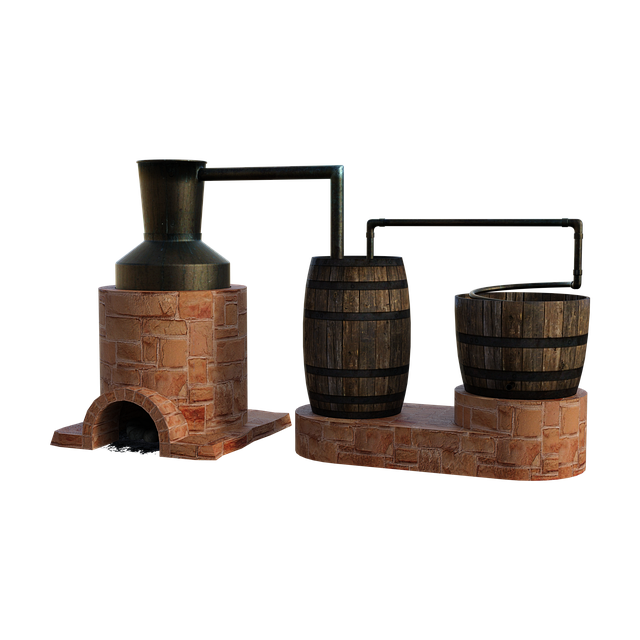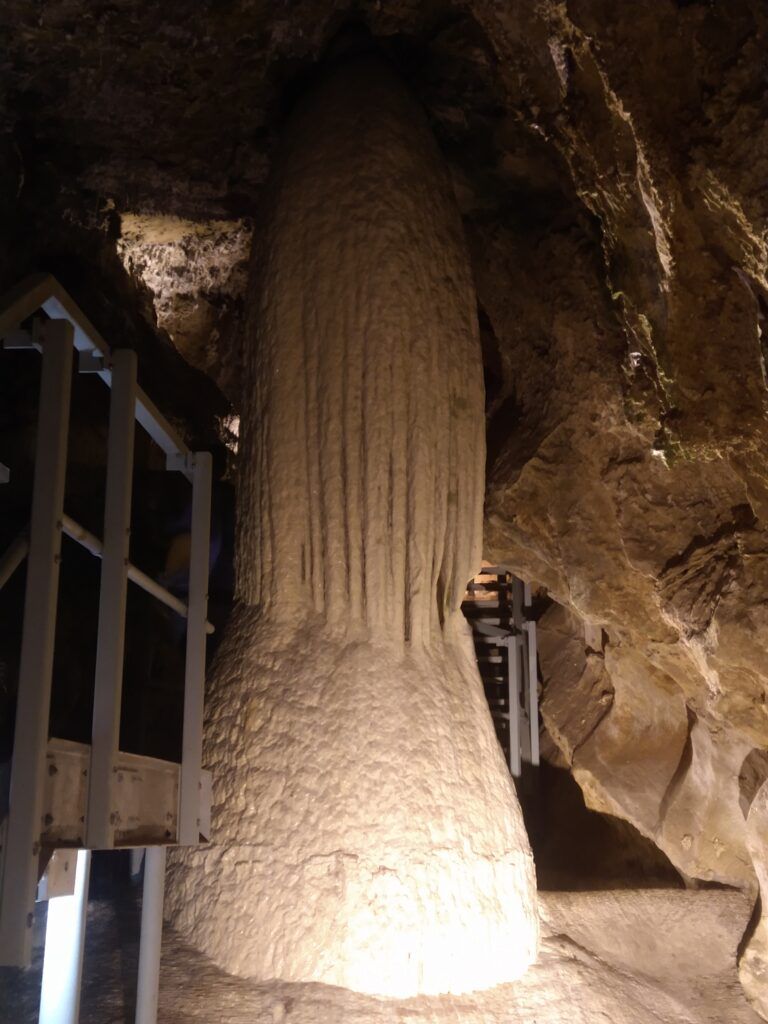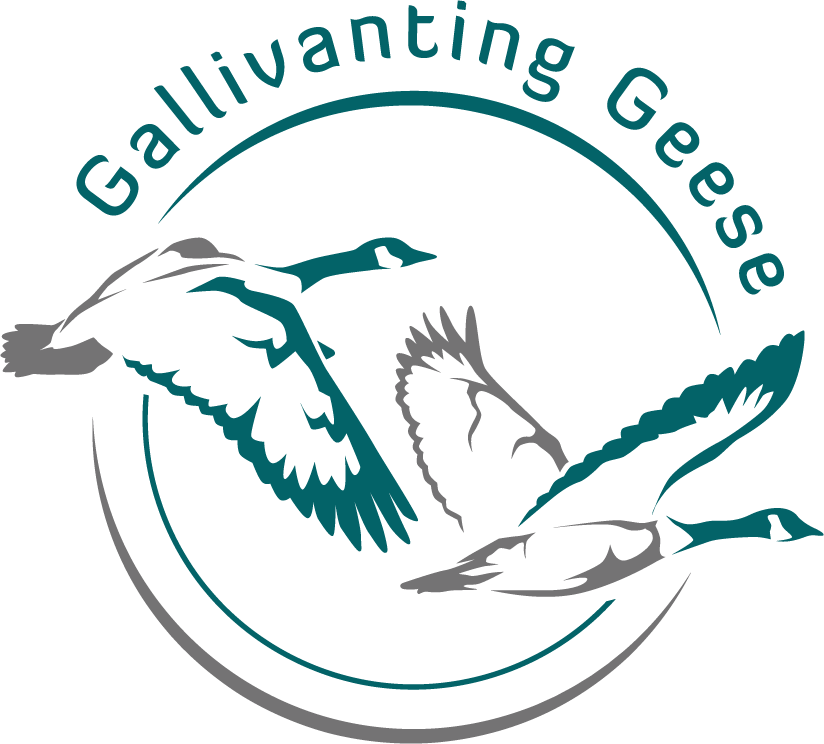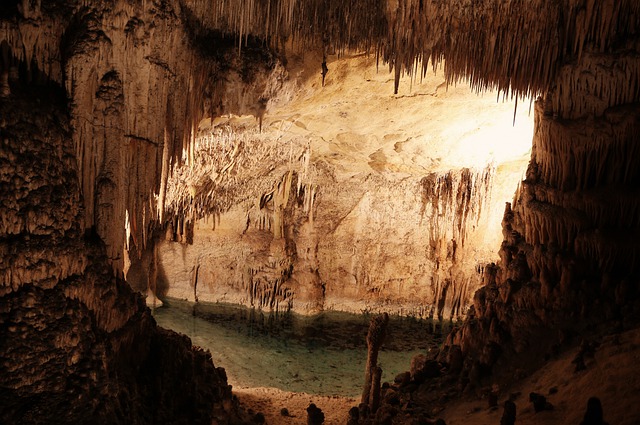Nestled in the forests of northern Pend Oreille County just a few miles from the Canadian border lies the Crawford State Park Heritage Site. Approximately 40 acres in size, the park looks like most forested parks, with a small day-use area surrounded by thick forest.
On the surface, it doesn’t look all that unique or special. That is until you take a short hike to explore the Gardner Caves.
How the caves were discovered
The caves were literally stumbled upon by a local man named Ed Gardner in 1899. Homesteading wasn’t permitted until 1912 when the land was surveyed. Ed essentially squatted in the area, building a one-room shack near present-day Boundary Dam on the Pend Oreille river.
Being on what was essentially the frontier in those days, Ed became a jack of all trades to survive. He took up logging and gold panning and did his own hunting and fishing. He even picked up work as a mechanic from time to time. But most people knew Ed as a moonshine bootlegger.

Depending on who you talked to, Mr. Gardner either smuggled liquor into the US from Canada or had set up his own still in the woods. Maybe both.
He was fond of walking in the forests of the area and did it often. It was during one of these outings that Ed fell into a hole in the ground and discovered the caves that were named after him.
At first, Ed tried to keep the caves a secret. He saw them as a great place to hide his illegal liquor from the local sheriff. Eventually, the word got out, and local newspaper articles from as early as 1903 mentioned the caves.
Local legend says that Ed lost the caves in a poker game. Whether that’s true or not, no one knows. In 1921 the federal government granted the land to a businessman named William Crawford.
That same year, after logging the property, Crawford donated the land back to the state.
Early exploration of the caves
The state made the donated land a state park and named it after Crawford. For the first 30 years of the park’s existence, the caves were explored by would-be adventurers using ropes, torches and matches. One such adventurer managed to make it to the very end of the cave system with only one book of matches to light the way.
He didn’t have a second book to make his way out however. It’s said took a full 24 hours of feeling his way through the dark to get back to the cave’s entrance.
Some early “I Was Here” vandalism from that time can still be seen scribbled on the cave walls in certain places. The most prominent feature near the end of the tour is a stalactite/stalagmite column named Pearl.

The formation is so old that the upper stalactite and lower stalagmite have gown together. It’s named in honor of an old local teacher who left her own name in August 1912 on the massive limestone formation.
In the 1950s the cave was given some small upgrades. Wooden stairs were built to access the cave from the surface and a primitive lighting system was installed. However, the stairs would eventually rot away due to the high moisture content of the cave.
The lighting was prone to failure and oftentimes shorted out, plunging exploring visitors into complete darkness a hundred feet or more below the surface.
In the ’70s the stairs were upgraded to metal with catwalks and ramps added for easier exploration. The lighting system also got a makeover and free guided tours are now offered 4 times a day, Thursday-Monday. You can sign up for a tour here.
Down into the caves
You’ll feel a noticeable temperature change halfway down the first flight of stairs at the cave’s entrance. The tour lasts about 45 minutes and the average temperature inside the cave is about 39*F so be sure to bring a light jacket.
It’s also a good idea to have on close-toed shoes, preferably hiking boots. You’ll be walking on metal catwalks and stairs mostly but these tend to be slightly damp so watch your step.
The cave is the longest in Washington state with a length of approximately 1000 feet. A little less than half of this length is accessible to the public. But that gives visitors more than enough to take in. The guide gives a brief history of how the cave formed and some dos and don’ts on proper cave etiquette.
The cave is made of limestone and calcite. That means there’s an abundance of stalactites, stalagmites, and active limestone “flows” called drip stone or flow stone. Don’t touch though! The oil from human hands disrupts the dripping water from depositing more calcite. That effectively stops the formation from growing any further.

The tour guide points out plenty of these flows and provides explanations on how they formed. A fun game is played with the visitors telling one another the shapes they see in the formations. Similar to cloud gazing but underground with rocks instead.
As you make your way further in, a catwalk takes you over a bed of ‘rim stone’ pools. The guide explains how these are formed.
It starts with water running down a slope. The water carries calcite that over time builds up small dams. These merge together and grow larger.
Eventually dripping water carves out basins in the stone. When they finally fill with water, ripples from the drops carry calcite to the edges and build up walls, creating the rim.
During the spring the pools are completely filled with water. Since limestone is very porous, the pools slowly drain out over the course of the season.
Curious scientists wanted to know where the water drained to and conducted an experiment using dye in the water. To their amazement, the dye showed up in the Pend Oreille river near Boundary Dam over a mile from the caves.
The tour of the caves concludes on a large, railed platform at the end of the catwalks. It’s at this point the guide gives a true sense of the darkness by switching off all the lights in the cave. And no, you can’t see your hand in front of your face. I tried.
The darkness is so absolute that to spend two weeks in that environment would permanently blind a person. Our guide also demonstrates the phosphorescent qualities of limestone by using a UV flashlight to draw circles on it in the dark.
The circles glows for a few seconds after the light is taken away. Next, he strikes up a single cigarette lighter to give everyone a feel for how early visitors must have felt during the first explorations of the cave.
End of the road
That concludes the tour. People are allowed to take some time heading back out and are encouraged to ask more questions and take photographs.
If you love nature and ever find yourself in northeast Washington be sure to check out these amazing caves. You won’t be disappointed!
If you have any questions or would like to leave a comment, feel free to do so below. Thanks for reading!


I’m going to follow this blogger. I don’t get away from home much and the description of these caves, the visuals, history and the personality of the adventure of an old bootlegger, make me want to see this place even more. Where else will this author convince me to go?
Can’t wait!
Thanks for the comment Dierdre! I hope you enjoy it.
This is a wonderfully written and informative article on Washington State Parks and Gardner Caves.
The author did an excellent job of describing the unique geological features of the cave and the history behind its discovery. It is a wonderful resource for anyone organizing a vacation to the area because it includes useful visitor advice, such as what to wear and how to arrange a tour. Ultimately, this post encourages readers to explore and appreciate Washington’s natural treasures by presenting their beauty and diversity.
I am curious to know what aspect of the overall experience did you enjoy the most?
Apart from the cave itself, the part I enjoyed most was the park ranger tour guide. He was knowledgeable, engaging, entertaining, and patient. Everyone’s questions were answered and he made it a very easy-going tour. Highly recommended.
Gardner Caves, nestled within the stunning landscape of Washington State Parks, offer an unforgettable underground adventure. Exploring these caverns is like stepping into another world, filled with fascinating geological formations and a sense of wonder. It’s a must-visit destination for nature enthusiasts and adventurers alike, promising an experience that’s both educational and awe-inspiring. When is the best time of year to visit? I would assume it can get cold in the winter time but maybe to hot in the summer? It looks beautiful!!
The cave remains closed throughout winter, but you can visit during spring, summer, or fall. To explore, you’ll need to sign up for a tour, and you’ll find the available dates and times listed on their website. Don’t forget to bring a light jacket, as even in summer, the underground temperature can drop below 50°F.
I found reading about Gardner Caves extremely interesting and helpful, you see I am always on the lookout for new places to explore.
Amazing Ed Gardener stumbled upon these caves in 1889, I would have loved to been an explorer during that time myself.
It is so cool that the property was donated to the government for a state park, now people like myself is able to explore the caves as well.
The tour guide sounds like an awesome experience, I am going to add this to my list of places I want to explore.
Thank you for a very helpful article on the Gardner Caves,
Jeff
Hi Jeff,
It’s definitely an experience like no other! I hope you get the chance to see it soon.